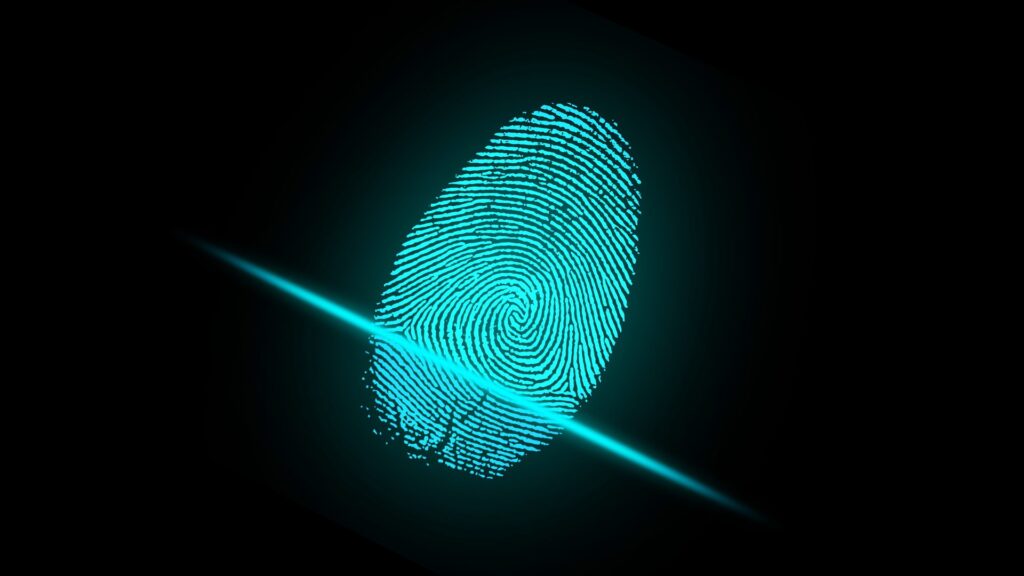In the vast digital landscape, your personal identity is a prized possession—valuable to you and unfortunately, to cybercriminals as well. Identity theft, a pervasive and sophisticated crime, involves the unauthorized use of your personal information for financial gain or other malicious purposes. But fear not, for this article breaks down the intricacies of identity theft and equips you with the knowledge to reclaim what’s rightfully yours.

Understanding Identity Theft
Identity theft occurs when someone gains access to your sensitive information, such as your Social Security number, credit card details, or passwords, with the intent to commit fraud or other crimes. This stolen information can be used to open fraudulent credit accounts, make unauthorized purchases, or even assume your identity.
Types of Identity Theft
-
Financial Identity Theft: This involves stealing your financial information to make unauthorized purchases, drain bank accounts, or open credit accounts in your name.
-
Medical Identity Theft: Cybercriminals can use your medical information to receive medical treatment, prescription drugs, or file false insurance claims.
-
Criminal Identity Theft: In this scenario, the thief assumes your identity when interacting with law enforcement, leading to potential legal consequences for crimes you didn’t commit.
-
Synthetic Identity Theft: Here, criminals combine real and fake information to create a new identity that can be used for fraudulent activities.
Recognizing the Signs of Identity Theft
Detecting identity theft early is crucial for minimizing the damage. Be on the lookout for these red flags:
-
Unexplained Financial Activity: If you notice unauthorized transactions or unfamiliar accounts on your bank or credit card statements, investigate further.
-
Missing Mail or Statements: If your financial statements or bills stop arriving, it could indicate that a thief has changed your address to intercept sensitive information.
-
Notifications for Accounts You Didn’t Open: Receiving notices about credit accounts or services you didn’t apply for is a clear sign of potential identity theft.
-
Drastic Drop in Credit Score: Unexpected changes in your credit score could signal fraudulent activity.
Steps to Recover from Identity Theft
If you suspect or confirm that you’re a victim of identity theft, take the following steps immediately:
-
Contact Financial Institutions: Inform your bank, credit card companies, and any other financial institutions involved. Freeze or close compromised accounts and open new ones with enhanced security measures.
-
File a Police Report: Report the identity theft to your local law enforcement agency. This step is essential for documentation and potential legal actions.
-
Place a Fraud Alert: Contact one of the three major credit reporting agencies (Equifax, Experian, or TransUnion) to place a fraud alert on your credit reports. This alerts lenders to verify your identity before approving new credit applications.
-
Check Your Credit Reports: Request free copies of your credit reports and review them for unauthorized accounts or suspicious activity.
-
Contact the FTC: File a report with the Federal Trade Commission (FTC) through their IdentityTheft.gov website. This helps create an Identity Theft Report, which is crucial for certain recovery steps.
-
Change Passwords and PINs: Update all your passwords, PINs, and security questions for your online accounts.
-
Notify Social Security: If your Social Security number is compromised, contact the Social Security Administration to prevent unauthorized benefits claims.
-
Monitor Your Accounts: Keep a vigilant eye on your financial statements and credit reports for any further suspicious activity.
-
Consider Identity Theft Protection Services: These services can provide additional monitoring and assistance in case of future threats.
Preventing Future Identity Theft
While recovering from identity theft is crucial, preventing it in the first place is equally important:
-
Use Strong Passwords: Create unique, complex passwords for each of your accounts.
-
Be Cautious Online: Avoid sharing personal information on social media, and be wary of phishing emails and scam calls.
-
Secure Your Devices: Install reputable security software on your devices and keep them updated.
-
Review Your Credit Reports Regularly: Monitor your credit reports at least annually to detect any unauthorized activity.
-
Shred Sensitive Documents: Dispose of documents containing personal information securely.
Conclusion
Identity theft is a serious crime that can cause financial and emotional distress. By understanding the signs of identity theft, taking immediate action when you suspect it, and adopting proactive prevention measures, you can safeguard your personal information and navigate the digital world with confidence. Remember, vigilance is your greatest ally in the battle against identity theft.